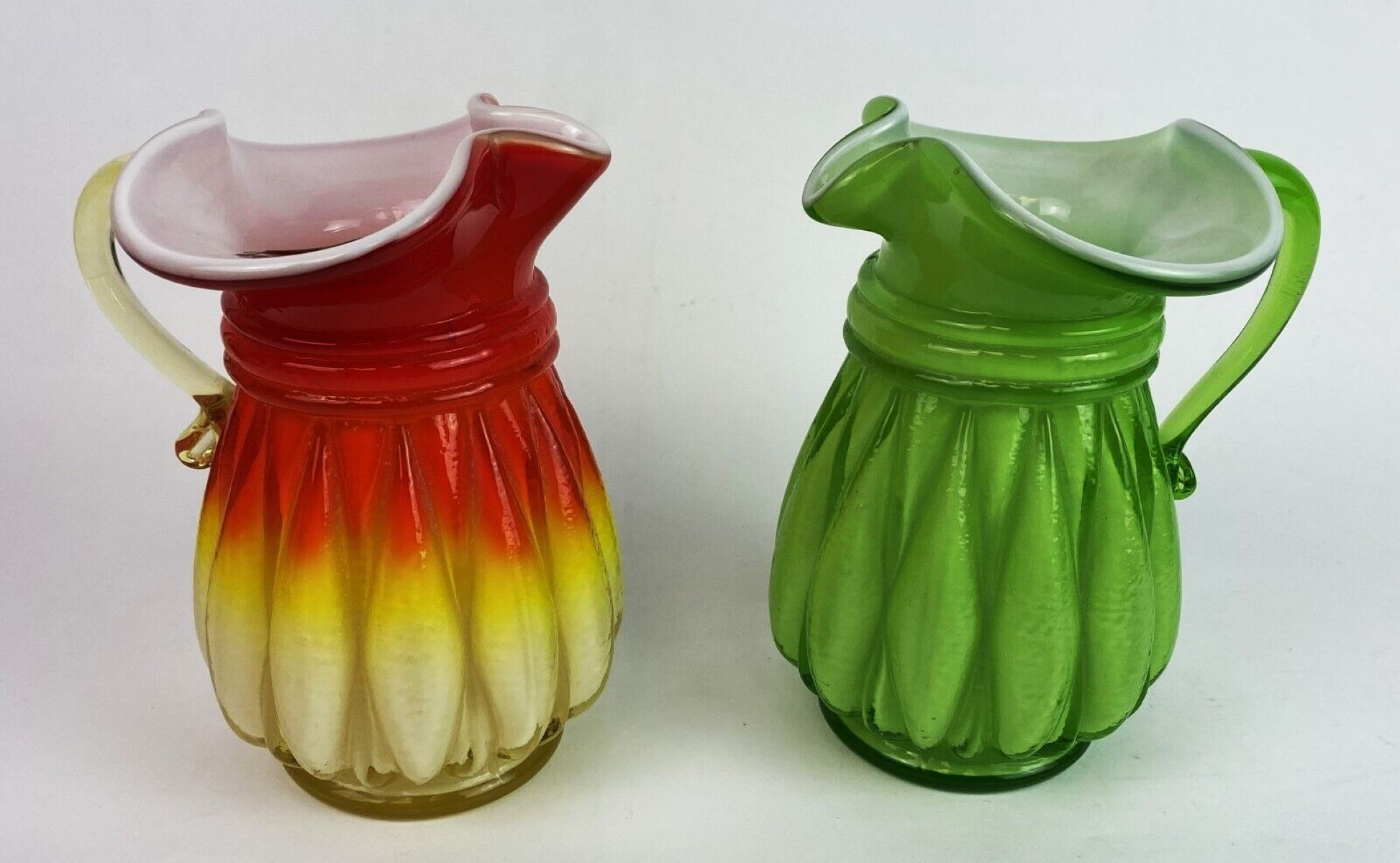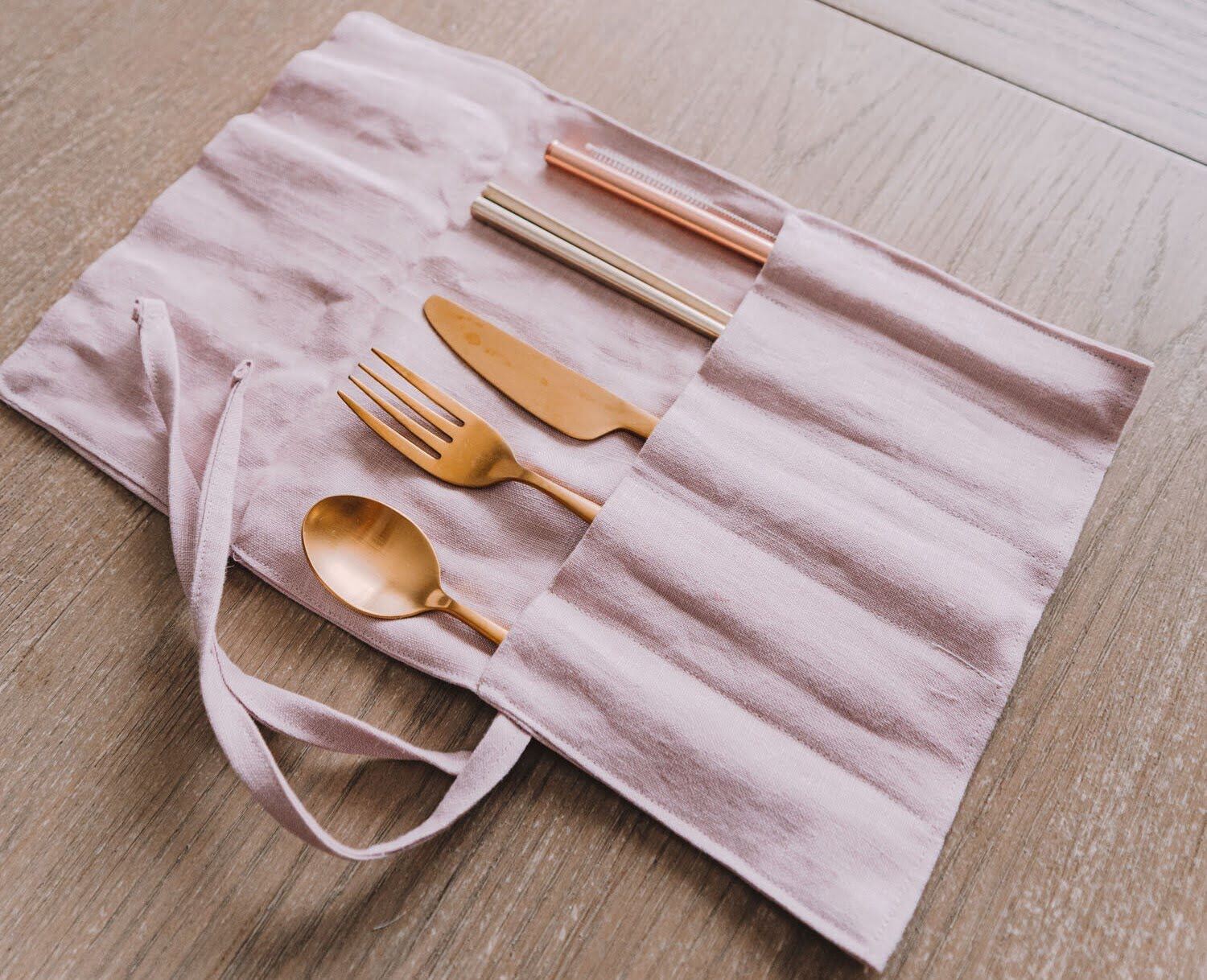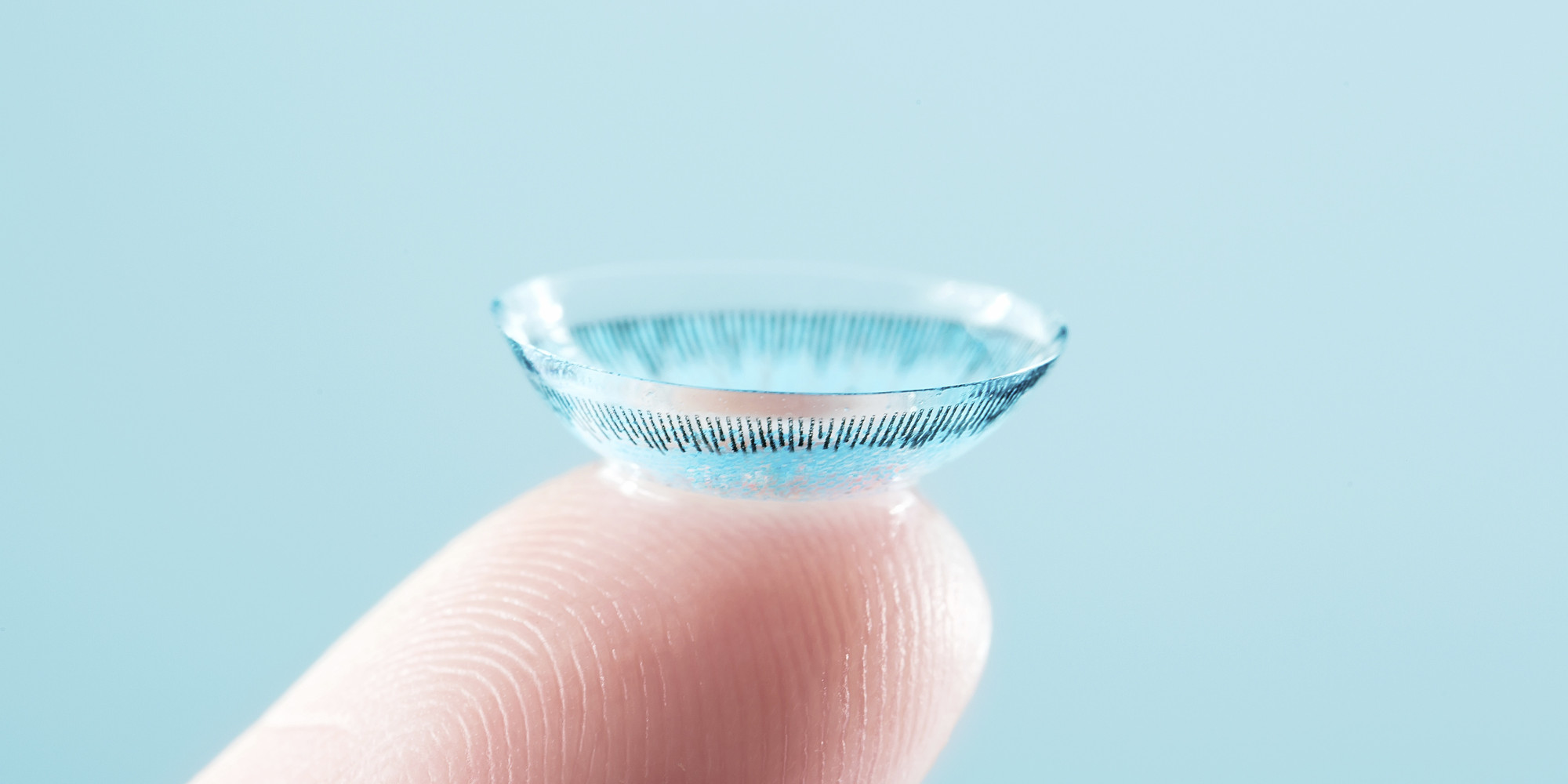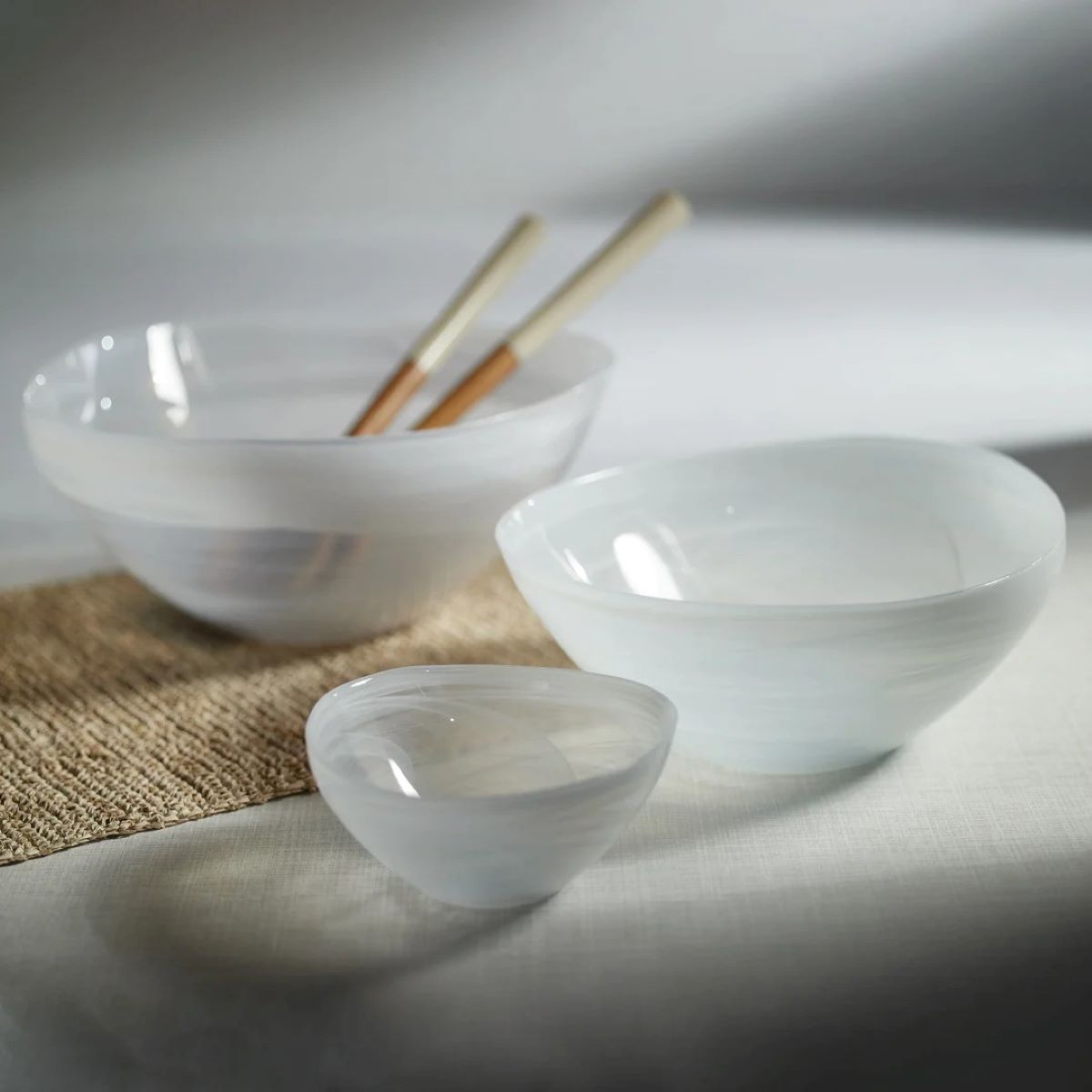Home>Furniture & Design>Interior Design Trends>What Is Cased Glass


Interior Design Trends
What Is Cased Glass
Modified: October 19, 2024
Discover the latest interior design trends with cased glass. Learn about its unique properties and how it can elevate your home decor. Explore the beauty and versatility of cased glass in modern interior design.
(Many of the links in this article redirect to a specific reviewed product. Your purchase of these products through affiliate links helps to generate commission for Storables.com, at no extra cost. Learn more)
Introduction
Cased glass, also known as overlay glass, is a captivating and versatile material that has been cherished for centuries. This exquisite type of glass is created by encasing one layer of colored glass within another, resulting in a stunning visual depth and complexity. The process of crafting cased glass requires a high level of skill and precision, making each piece a true work of art.
Cased glass is celebrated for its vibrant hues and striking designs, making it a popular choice for both functional and decorative items. From elegant vases and delicate figurines to intricate lampshades and ornate bowls, cased glass has found its way into a wide array of applications, adding a touch of sophistication and allure to any space.
In this article, we will delve into the captivating world of cased glass, exploring its rich history, the intricate process of its creation, the various types available, and its common uses. Additionally, we will provide insights into caring for cased glass, ensuring that these exquisite pieces retain their beauty for generations to come. Join us on this journey as we unravel the timeless allure of cased glass and discover the myriad ways it continues to captivate admirers around the world.
Key Takeaways:
- Cased glass, also known as overlay glass, is a stunning material created by layering colored glass. Its rich history, intricate crafting process, and diverse types make it a timeless and versatile art form.
- Cased glass is used for decorative items, lighting fixtures, tableware, jewelry, and architectural elements. Proper care, including gentle cleaning and handling, ensures its enduring beauty for generations to come.
Read more: How To Open Glass Display Case Without Key
History of Cased Glass
The history of cased glass dates back to ancient times, with its origins rooted in the rich traditions of glassmaking. This exquisite art form first emerged in the Roman Empire, where skilled artisans began experimenting with layering glass of different colors to create visually stunning pieces. The technique of encasing one layer of glass within another, known as cased glass, soon gained popularity and spread across Europe, becoming synonymous with elegance and craftsmanship.
During the 19th century, cased glass experienced a resurgence in popularity, particularly in regions such as Bohemia (now part of the Czech Republic) and England. Artisans in these areas perfected the art of cased glass, producing elaborate and intricate pieces that adorned the homes of the affluent and the aristocracy. The Victorian era saw a heightened appreciation for cased glass, with its opulent designs and vibrant colors becoming emblematic of luxury and refinement.
In the United States, cased glass gained prominence during the late 19th and early 20th centuries, with renowned glassmakers such as Frederick Carder and Louis Comfort Tiffany contributing to its enduring legacy. Their innovative approaches to cased glass production elevated the art form to new heights, captivating audiences with their imaginative designs and meticulous craftsmanship.
Throughout its storied history, cased glass has evolved to encompass a wide range of styles and techniques, reflecting the cultural influences and artistic movements of different eras. From the intricate floral motifs of the Art Nouveau period to the bold geometric patterns of the Art Deco era, cased glass has continually adapted to the changing tastes and trends of each generation.
Today, cased glass continues to enchant collectors and enthusiasts around the world, with contemporary artists and glassmakers pushing the boundaries of innovation and creativity. The enduring allure of cased glass lies in its timeless beauty and the legacy of craftsmanship that has been passed down through generations, ensuring that this exquisite art form remains a cherished and celebrated tradition.
As we reflect on the history of cased glass, we gain a deeper appreciation for its enduring legacy and the profound impact it has had on the world of art and design. From its ancient origins to its modern-day resurgence, cased glass stands as a testament to the enduring allure of craftsmanship and the timeless appeal of exquisite glasswork.
How Cased Glass is Made
The process of creating cased glass is a meticulous and intricate art form that requires exceptional skill and precision. It begins with the selection of high-quality glass in contrasting colors, typically a clear glass for the outer layer and a vibrant colored glass for the inner layer. The glassblower carefully gathers a molten mass of the colored glass, shaping it into the desired form. Once the inner layer is shaped, it is encased within a layer of clear glass, creating a mesmerizing visual depth and complexity.
To achieve this, the glassblower skillfully gathers a layer of clear glass over the colored glass, ensuring that the two layers fuse seamlessly. This delicate process demands precise control of temperature and timing to prevent any air bubbles or imperfections from forming between the layers. The molten glass is then carefully manipulated, often using specialized tools and techniques, to shape and mold it into the desired design.
After the initial shaping, the cased glass undergoes a series of meticulous steps to refine its form and enhance its visual appeal. This may involve additional heating and shaping to achieve intricate patterns or textures, as well as the application of decorative elements such as trails or filigree to further embellish the piece.
Once the shaping and embellishment are complete, the cased glass is carefully annealed to relieve any internal stresses and strengthen the finished piece. This crucial step ensures the durability and longevity of the glass, allowing it to withstand the test of time while retaining its exquisite beauty.
The art of creating cased glass is a harmonious blend of tradition, innovation, and artistry, with each piece bearing the unmistakable imprint of the skilled artisans who bring it to life. The result is a breathtaking work of art that captures the luminous beauty and timeless elegance of cased glass, showcasing the unparalleled craftsmanship and creativity that define this revered art form.
Types of Cased Glass
Cased glass encompasses a diverse array of styles and techniques, each offering a unique visual impact and artistic expression. From classic designs to contemporary innovations, the world of cased glass is rich with variety, catering to a wide range of tastes and preferences. Here are some of the notable types of cased glass:
1. Opaline Glass
Opaline glass, also known as opaque glass, features a milky, translucent appearance that exudes a soft, ethereal glow. This type of cased glass is prized for its delicate beauty and subtle coloration, often showcasing pastel hues that evoke a sense of timeless elegance. Opaline glass has been favored for creating exquisite vases, perfume bottles, and decorative objects, adding a touch of refinement to any interior space.
Read more: What Is A Vanity Case Used For
2. Alabaster Glass
Alabaster glass, with its striking resemblance to the natural stone it is named after, boasts a marbled or swirled appearance that lends it a sense of organic allure. This type of cased glass often features rich, earthy tones and intricate patterns, creating a captivating interplay of light and shadow. Alabaster glass is commonly used for crafting decorative bowls, lampshades, and ornamental pieces, infusing interiors with a sense of warmth and sophistication.
3. Cranberry Glass
Cranberry glass, renowned for its deep, lustrous red hue, is a captivating variation of cased glass that exudes opulence and allure. This type of cased glass is achieved through the addition of gold chloride or colloidal gold during the glassblowing process, resulting in its distinctive crimson coloration. Cranberry glass has been cherished for crafting elegant goblets, vases, and decorative tableware, adding a luxurious touch to formal dining and entertaining settings.
4. Cut Overlay Glass
Cut overlay glass represents a refined and intricate variation of cased glass, characterized by the meticulous cutting and etching of the outer layer to reveal the contrasting color beneath. This technique creates dazzling patterns and designs, showcasing the skillful artistry of the glassmaker. Cut overlay glass is often employed in crafting decorative bowls, tumblers, and ornamental pieces, captivating admirers with its exquisite craftsmanship and visual complexity.
5. Modern Interpretations
In contemporary glassmaking, artists and designers continue to push the boundaries of cased glass, exploring innovative techniques and bold interpretations. From avant-garde sculptural pieces to sleek, minimalist designs, modern cased glass reflects a dynamic fusion of tradition and experimentation. These cutting-edge creations infuse cased glass with a fresh, contemporary aesthetic, appealing to a new generation of art enthusiasts and collectors.
The diverse range of cased glass types showcases the enduring versatility and allure of this captivating art form, offering a wealth of options for enthusiasts and collectors to explore and appreciate. Each type of cased glass embodies a distinct charm and aesthetic appeal, contributing to the rich tapestry of glassmaking traditions and artistic expression.
Read more: How To Store DVDs With Cases
Common Uses of Cased Glass
Cased glass, with its captivating beauty and exquisite craftsmanship, has found a myriad of uses across various domains, adding a touch of elegance and sophistication to diverse settings. From ornamental pieces that adorn interior spaces to functional items that serve practical purposes, cased glass continues to captivate admirers with its timeless allure. Here are some common uses of cased glass:
1. Decorative Vessels and Figurines
Cased glass is often employed in the creation of decorative vessels such as vases, bowls, and urns, showcasing its vibrant colors and intricate designs. These ornamental pieces serve as focal points in interior decor, adding a pop of color and visual interest to living spaces, dining areas, and entryways. Additionally, cased glass figurines and sculptures contribute to the aesthetic appeal of shelves, mantels, and display cabinets, infusing the surroundings with a sense of artistry and refinement.
2. Lighting Fixtures
The translucent and luminous qualities of cased glass make it an ideal material for crafting lighting fixtures such as lampshades, sconces, and chandeliers. When illuminated, cased glass exhibits a mesmerizing play of light and color, casting a warm and inviting glow throughout the room. Whether adorning residential interiors or enhancing the ambiance of commercial spaces, cased glass lighting fixtures create an enchanting atmosphere and serve as striking focal points.
3. Tableware and Drinkware
Cased glass has long been cherished for the creation of elegant tableware and drinkware, including goblets, tumblers, and decanters. The rich colors and intricate patterns of cased glass tableware add a touch of luxury to formal dining occasions and social gatherings, elevating the dining experience with their exquisite craftsmanship. Whether used for serving beverages or as decorative accents on dining tables, cased glass tableware exudes a sense of timeless sophistication.
Read more: How To Store Sausage Casings
4. Artisanal Jewelry and Accessories
In the realm of fashion and personal adornment, cased glass is often transformed into artisanal jewelry and accessories, including pendants, beads, and brooches. The vibrant hues and lustrous sheen of cased glass jewelry make it a coveted choice for creating statement pieces that reflect individual style and creativity. Whether worn as a striking necklace or incorporated into intricate designs, cased glass jewelry adds a touch of artistry and allure to personal fashion ensembles.
5. Architectural Elements
Cased glass is also utilized in architectural applications, where it is employed in the creation of decorative panels, windows, and partitions. The translucent and decorative qualities of cased glass enhance interior spaces, allowing natural light to filter through while adding a sense of privacy and visual interest. Whether featured in residential homes, commercial buildings, or public spaces, cased glass architectural elements contribute to the aesthetic appeal and functionality of the environment.
6. Collectible Art Pieces
Beyond its practical uses, cased glass holds a special place in the realm of collectible art, with enthusiasts and connoisseurs seeking out rare and exceptional pieces. From antique cased glass creations to contemporary masterpieces, collectors value these exquisite works of art for their historical significance, artistic merit, and enduring beauty. Cased glass collectibles are often displayed in galleries, museums, and private collections, where they are admired for their craftsmanship and cultural significance.
In essence, the common uses of cased glass encompass a wide spectrum of applications, from decorative accents that embellish interior spaces to functional items that serve both utilitarian and aesthetic purposes. The enduring appeal of cased glass lies in its ability to infuse beauty, artistry, and sophistication into everyday objects, enriching the visual landscape and captivating admirers with its timeless allure.
Caring for Cased Glass
Caring for cased glass is essential to preserve its beauty and ensure its longevity. Whether you own a cherished cased glass vase, a delicate figurine, or an ornate lampshade, proper maintenance and handling are crucial to safeguard these exquisite pieces. Here are essential tips for caring for cased glass:
-
Gentle Cleaning: When cleaning cased glass, it is important to use mild, non-abrasive cleaners to avoid damaging the delicate surface. A soft, lint-free cloth dampened with a gentle glass cleaner or a solution of mild soap and water can be used to carefully wipe the surface of the glass. Avoid harsh chemicals and abrasive materials that can scratch or etch the glass.
-
Avoid Extreme Temperatures: Cased glass should be shielded from sudden temperature changes, as rapid fluctuations can cause stress and potentially lead to cracks or breakage. When displaying cased glass items, avoid placing them in direct sunlight or near sources of extreme heat or cold.
-
Handle with Care: When handling cased glass, it is important to do so with gentle hands and a steady grip. Avoid exerting excessive pressure or twisting motions that could potentially cause the glass to chip or crack. When moving cased glass items, provide adequate support and cushioning to prevent accidental impacts.
-
Storage Considerations: Proper storage is essential for preserving cased glass when not in use. If storing cased glass items, ensure they are carefully wrapped in soft, acid-free tissue paper or cloth to prevent scratches and minimize the risk of damage. Additionally, store cased glass pieces in a secure location where they are protected from potential knocks or jostling.
-
Regular Inspections: Periodically inspect cased glass items for any signs of damage or wear. Look for hairline cracks, chips, or areas of discoloration that may indicate underlying issues. Promptly addressing any concerns can help prevent further damage and preserve the integrity of the glass.
-
Avoid Harsh Impacts: Cased glass is susceptible to damage from harsh impacts or accidental knocks. To prevent breakage, it is important to handle cased glass items with care and place them in secure locations where they are less likely to be bumped or knocked over.
By following these guidelines, you can ensure that your cased glass items retain their exquisite beauty and remain in pristine condition for years to come. With proper care and attention, cased glass pieces can continue to enchant and captivate, adding a touch of timeless elegance to any environment.
Read more: How To Store Hog Casings
Conclusion
In conclusion, cased glass stands as a testament to the enduring allure of craftsmanship and the timeless appeal of exquisite glasswork. From its ancient origins to its modern-day resurgence, cased glass has woven a rich tapestry of artistry, innovation, and cultural significance. The captivating beauty and intricate craftsmanship of cased glass have made it a cherished art form, captivating admirers across the globe.
The history of cased glass reflects a legacy of creativity and ingenuity, with artisans throughout the ages pushing the boundaries of glassmaking to create stunning works of art. From the opulent designs of the Victorian era to the contemporary interpretations of modern glassmakers, cased glass has continually evolved, adapting to the changing tastes and trends of each generation.
The meticulous process of creating cased glass, with its delicate layering and shaping, embodies the harmonious blend of tradition and innovation. Each piece bears the unmistakable imprint of skilled artisans, showcasing the luminous beauty and timeless elegance of cased glass. The result is a breathtaking work of art that captures the imagination and inspires a sense of wonder.
The diverse range of cased glass types, from opaline and alabaster glass to cranberry and cut overlay glass, offers a wealth of options for enthusiasts and collectors to explore and appreciate. Each type embodies a distinct charm and aesthetic appeal, contributing to the rich tapestry of glassmaking traditions and artistic expression.
Furthermore, the common uses of cased glass, spanning from decorative vessels and lighting fixtures to tableware and architectural elements, underscore its versatility and enduring relevance in both functional and decorative domains. Cased glass continues to enrich interior spaces, elevate dining experiences, and inspire collectors with its timeless allure.
Finally, caring for cased glass is essential to preserve its beauty and ensure its longevity. By following proper maintenance and handling practices, cased glass items can continue to enchant and captivate, adding a touch of timeless elegance to any environment.
In essence, cased glass remains a cherished art form that transcends time and trends, captivating admirers with its timeless allure and enduring beauty. As we reflect on the captivating world of cased glass, we gain a deeper appreciation for its rich history, exquisite craftsmanship, and profound impact on the world of art and design.
Frequently Asked Questions about What Is Cased Glass
Was this page helpful?
At Storables.com, we guarantee accurate and reliable information. Our content, validated by Expert Board Contributors, is crafted following stringent Editorial Policies. We're committed to providing you with well-researched, expert-backed insights for all your informational needs.












0 thoughts on “What Is Cased Glass”